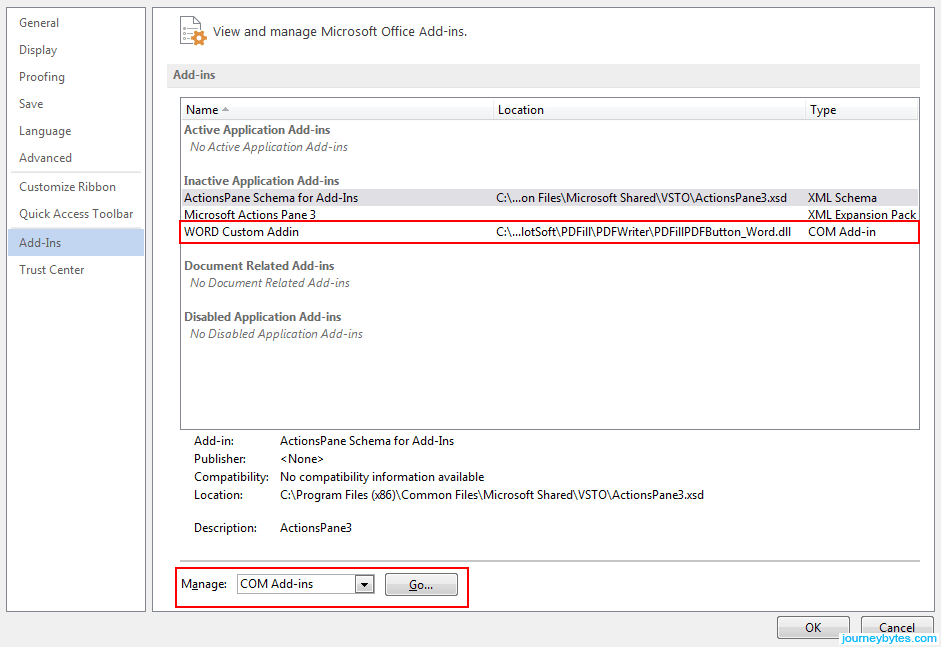

- How to remove the chemistry add in pdf#
- How to remove the chemistry add in full#
- How to remove the chemistry add in series#
Once you’ve removed an electron from a sodium atom you can never put it back. True: this is because there is less repulsion from other electrons counteracting the attraction from the nucleus and because the ionic radius decreases so that the second electron is closer to the nucleus. When an atom is ionised, it then requires even more energy to remove a second electron. Energy is required to remove an electron from an atom. False: all the protons in the nucleus attract all of the electrons (and vice versa). Each proton in the nucleus of an atom attracts one specific electron. How to remove the chemistry add in full#
Having a full shell of electrons does not automatically mean that an ion is stable.
False: a great deal of energy would be required to ionise a chlorine atom to give a 7+ cation. A Cl 7+ ion is just as stable as a Cl - ion because they both have a full shell of electrons. False: the Na 7- ion would be highly unstable because the repulsions between electrons would far out balance the attractions between protons and electrons. A Na 7- ion is more stable than a sodium atom because it has a full shell of electrons. False: the ionisation energy has to be supplied to remove an electron. A sodium atom spontaneously loses an electron to get a full shell of electrons. Animation showing the formation of the sodium chloride lattice. 
Intructions for using silver nitrate solution to test for chloride ions are available as part of another resource on testing for negative ions. This resource includes a full kit list and safety instructions for heating sodium, lithium and potassium in air and in chlorine – only the steps required for heating sodium in chlorine are needed for this lesson plan.
How to remove the chemistry add in series#
Practical notesĪ procedure for demonstrating the reaction of chlorine and sodium when the metal is heated is available as the second part of a practical series on heating group 1 metals in air and in chlorine. They examine how their ideas have developed during the session and written feedback supports students should they need to develop their understanding further. The electronic animation showing the formation of a sodium chloride lattice helps students recognise the standard they are aiming for. Students compare their responses to statements about the formation of ions and have the opportunity to articulate their ideas. The initial demonstration and discussion about the meaning of words such as atom, molecule and ion draw attention to the learning objectives. Draw attention to ways in which individuals might need to develop their explanations further. Take in the sheets and comment on how students’ ideas have developed. Provide an opportunity for students to write down in what ways they have changed their original ideas, as a result of listening to others during the session.
Encourage other groups to challenge or add to explanations. Select members of different groups to describe and explain their responses. If a data projector is available, show an electronic animation of the formation of the sodium chloride ionic lattice. Decide whether they think that the 10 statements are true or false. Give each student a ’Why do atoms form ions?’ sheet. Ask them to: Support individual groups by using questions to focus their ideas. Number three’s what they mean by an ionĪllow time for discussions to come to agreed explanations. Number two’s to explain what they mean by a molecule. Number one’s to explain what they mean by an atom. Tell each group to number its members, one, two or three. ‘What has changed during the chemical reaction to cause such an enormous change in the appearance of reactants and products?’. 
Pose questions to stimulate discussion about the use of the words atoms, molecules and ions before sharing the purpose of the session.What particles are present in sodium chloride after the reaction.What particles are present in sodium and chlorine before the reaction.Issue a mini whiteboard to each student and ask them to write down:.Demonstrate the reaction of sodium with chlorine and the subsequent test for chloride ions using silver nitrate solution.

Sequence of activities Demonstration and introduction
Understand how and why ionic compounds such as sodium chloride are formed. How to remove the chemistry add in pdf#
Hamied Inspirational Chemistry ProgrammeĪn alternative version of the ‘Why do atoms form ions?’ activity, featuring different questions, is available as a PDF book extract on ’Ionic bonding’ from K. Introductory maths for higher education. The physics of restoration and conservation.








 0 kommentar(er)
0 kommentar(er)
